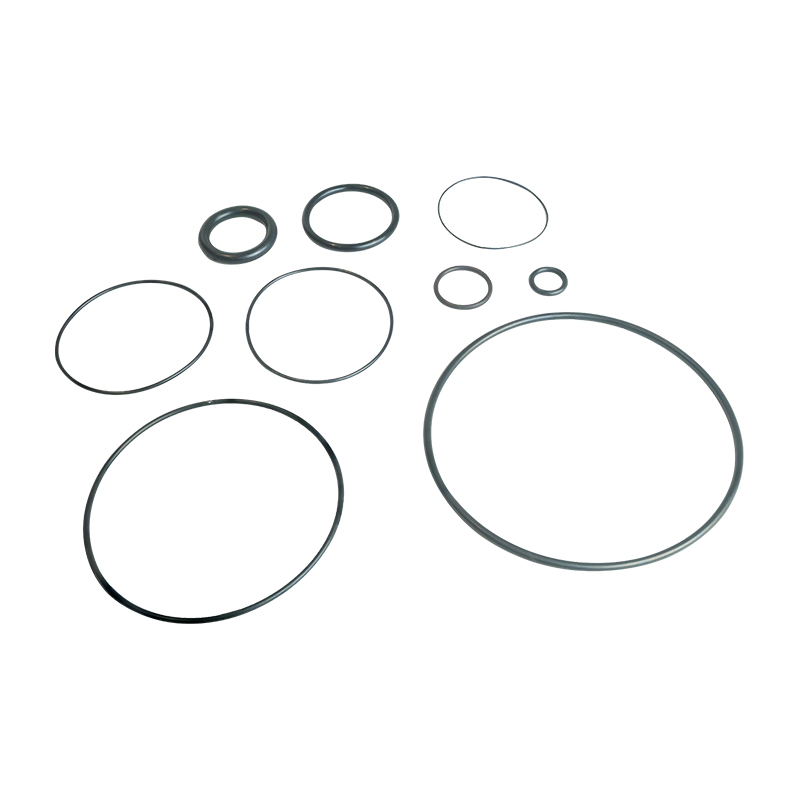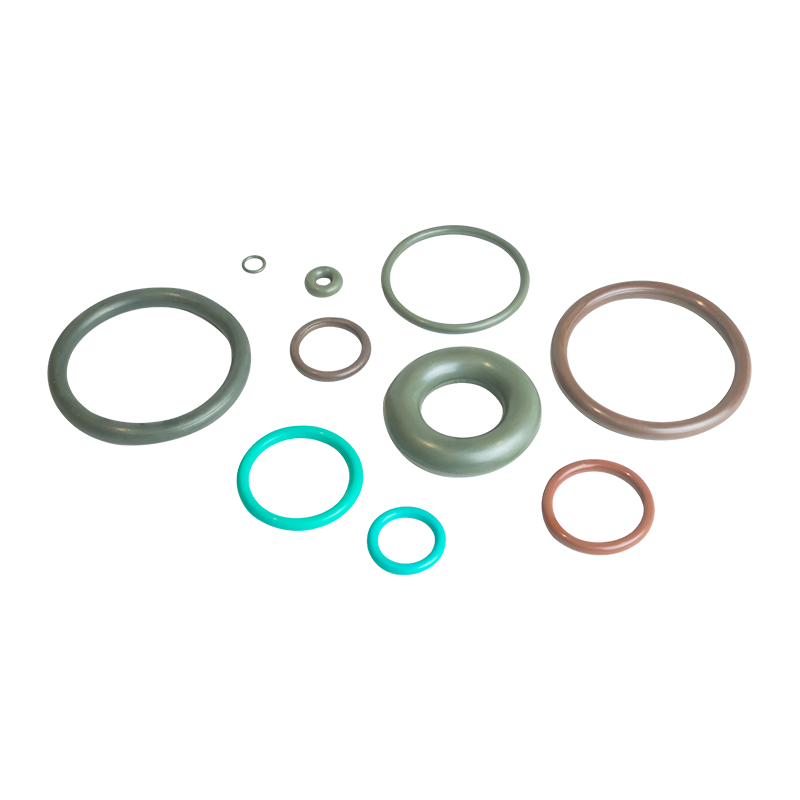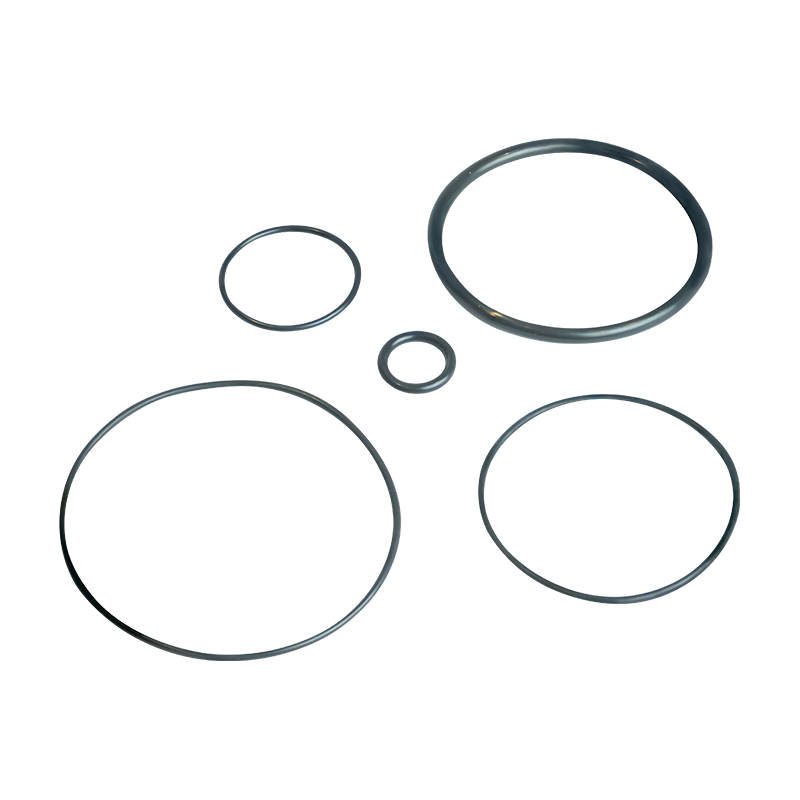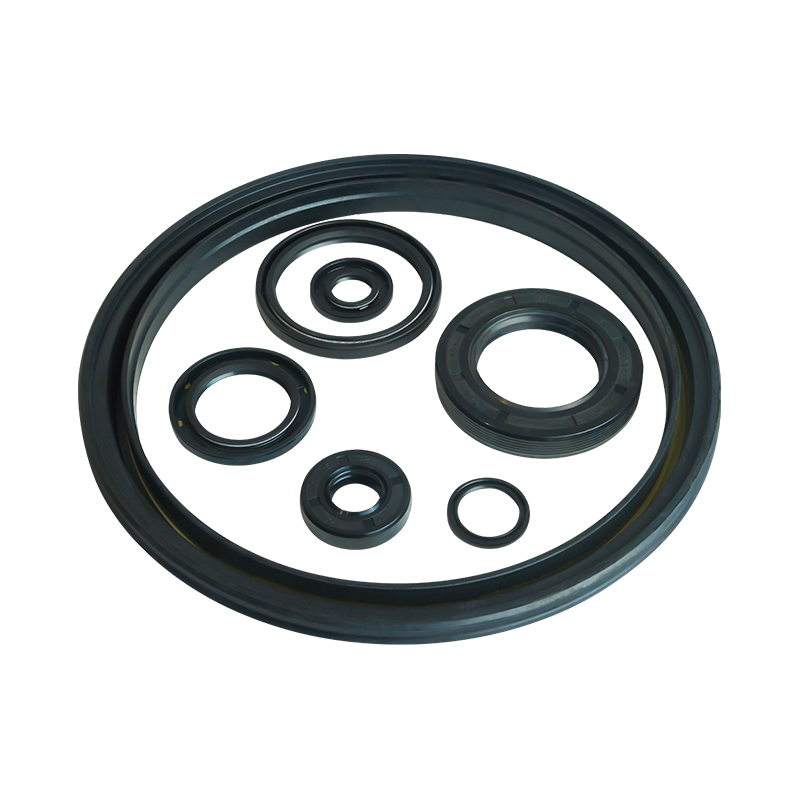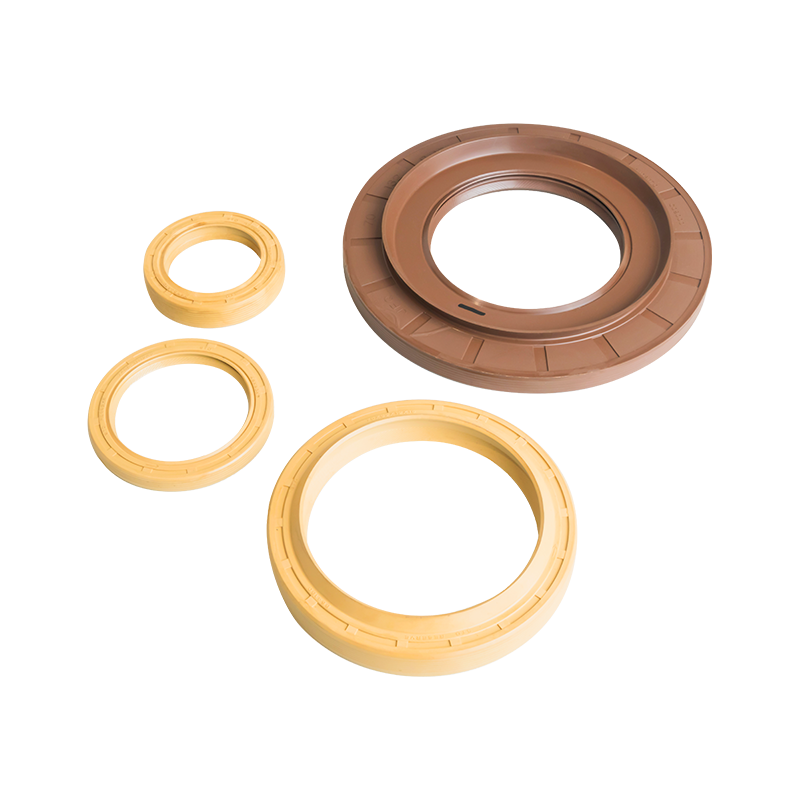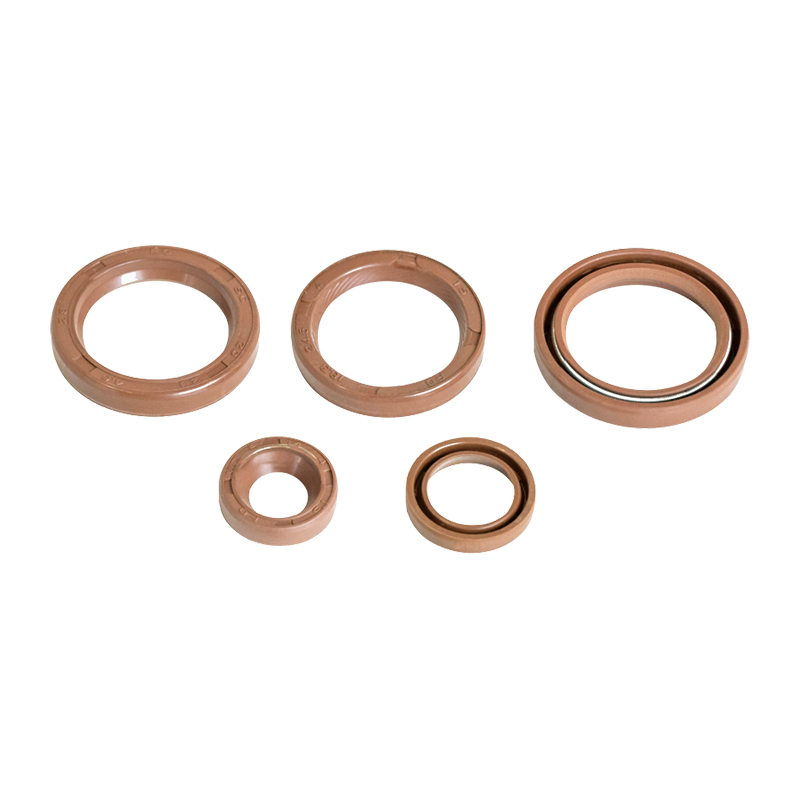PVC pipe joint seals: How to cope with extreme temperature challenges through formulation adjustment?
As a thermoplastic, PVC has the advantages of light weight, corrosion resistance, easy processing and high cost-effectiveness, so it has been widely used in pipe joint seals. However, PVC materials themselves also have some inherent performance limitations, such as insufficient heat resistance and low-temperature brittleness, which are particularly evident under extreme temperature conditions. In high temperature environments, PVC seals may lose their original elasticity and sealing ability due to material softening; while under low temperature conditions, they may become fragile and prone to cracking or breaking due to hardening of the material.
In order to overcome the performance limitations of PVC seals under extreme temperature conditions, researchers and engineers have introduced a series of modifiers and additives by adjusting the formulation of PVC to improve its elasticity, heat resistance and cold resistance.
1. Elasticity improvement: application of plasticizers and elastomers
Plasticizers are an important means to improve the elasticity of PVC materials. By adding an appropriate amount of plasticizers, such as phthalates, epoxy soybean oil, etc., the interaction force between PVC molecular chains can be reduced, making it softer and easier to deform, thereby improving the elasticity of the seal. However, the amount of plasticizer added needs to be strictly controlled. Too much plasticizer will cause the material strength to decrease and affect the durability of the seal.
In addition to plasticizers, elastomers such as ethylene-vinyl acetate copolymer (EVA) and nitrile rubber (NBR) can also be introduced into the PVC formula to form a PVC/elastomer blend. These elastomers can give PVC materials higher elasticity and toughness, making them less likely to soften at high temperatures and less likely to harden at low temperatures.
2. Improved heat resistance: the role of heat stabilizers and cross-linking agents
PVC materials are prone to thermal decomposition at high temperatures, producing harmful gases such as hydrogen chloride, resulting in a decrease in material performance. In order to improve the heat resistance of PVC seals, heat stabilizers need to be added to inhibit the thermal decomposition reaction. Commonly used heat stabilizers include lead salts, calcium-zinc composite stabilizers, and organic tin stabilizers. These heat stabilizers can react with chlorine atoms in the PVC molecular chain to form stable compounds, thereby delaying the thermal decomposition process.
In addition, the heat resistance of PVC materials can also be improved by cross-linking modification. Cross-linking agents such as dibenzoyl peroxide (BPO) and melamine can react chemically with PVC molecular chains to form a cross-linked network structure, making the material more stable and strong.
3. Enhanced cold resistance: Selection of antifreeze and cold-resistant plasticizers
Under low temperature conditions, PVC materials tend to become brittle due to limited molecular chain movement. In order to improve the cold resistance of PVC seals, antifreeze agents need to be added to reduce the glass transition temperature of the material so that it can remain soft and elastic at lower temperatures. Commonly used antifreeze agents include glycerol and ethylene glycol. These antifreeze agents can destroy the hydrogen bonds between PVC molecular chains and reduce the interaction between molecular chains, thereby improving the cold resistance of the material.
In addition to antifreeze agents, plasticizers with cold resistance can also be selected, such as chlorinated paraffin and epoxy fatty acid esters. These plasticizers can maintain good fluidity at low temperatures, making PVC materials less likely to harden and crack.
Under extreme temperature conditions, such as high-temperature chemical reactors and low-temperature frozen warehouses, ordinary PVC seals often fail to meet the requirements. At this time, it is necessary to use specially modified PVC materials to make seals.
1. High-temperature modified PVC materials
In high-temperature environments, PVC materials with excellent heat resistance are required. These materials are usually modified by adding high-heat-resistant heat stabilizers, cross-linking agents, and high-temperature resistant fillers (such as calcium silicate, aluminum oxide, etc.). The modified PVC materials can maintain stable shape and elasticity at high temperatures and are not easy to soften or deform.
2. Low-temperature modified PVC materials
In low-temperature environments, PVC materials with excellent cold resistance are required. These materials are usually modified by adding antifreeze agents, cold-resistant plasticizers, and elastomers with low-temperature toughness. The modified PVC materials can remain soft and elastic at low temperatures and are not easy to harden or crack.
In many practical application cases, seals made by adjusting the PVC formula and selecting specially modified PVC materials have shown excellent sealing performance and stability under extreme temperature conditions. For example, in the chemical industry, high-temperature modified PVC seals can maintain a stable sealing effect in reactors up to 100°C; in frozen warehouses, low-temperature modified PVC seals can remain soft and elastic in environments as low as -40°C.
In order to evaluate the performance of these modified PVC seals, a series of experimental tests are usually required, such as heat aging tests, low-temperature brittleness tests, pressure leakage tests, etc. The experimental results show that specially modified PVC seals have higher durability and reliability under extreme temperature conditions.
By adjusting the PVC formula and selecting specially modified PVC materials, the performance of PVC pipe interface seals under extreme temperature conditions can be significantly improved. These modified materials not only improve the elasticity, heat resistance and cold resistance of the seals, but also extend their service life and reliability. With the continuous advancement of materials science and technology, we can expect more modified PVC materials with excellent performance to be developed to meet wider and more demanding application needs.
Sray up to date with allour recent products
- Address: No. 6 Yangsha Road, Chengbei Industrial Park, Huilong Town, Qidong City, Jiangsu Province China
- Phone: +86-13906283641+86-18934546679
- Fax: +86-0513-83698022
- Email: [email protected]




 English
English русский
русский 中文简体
中文简体

